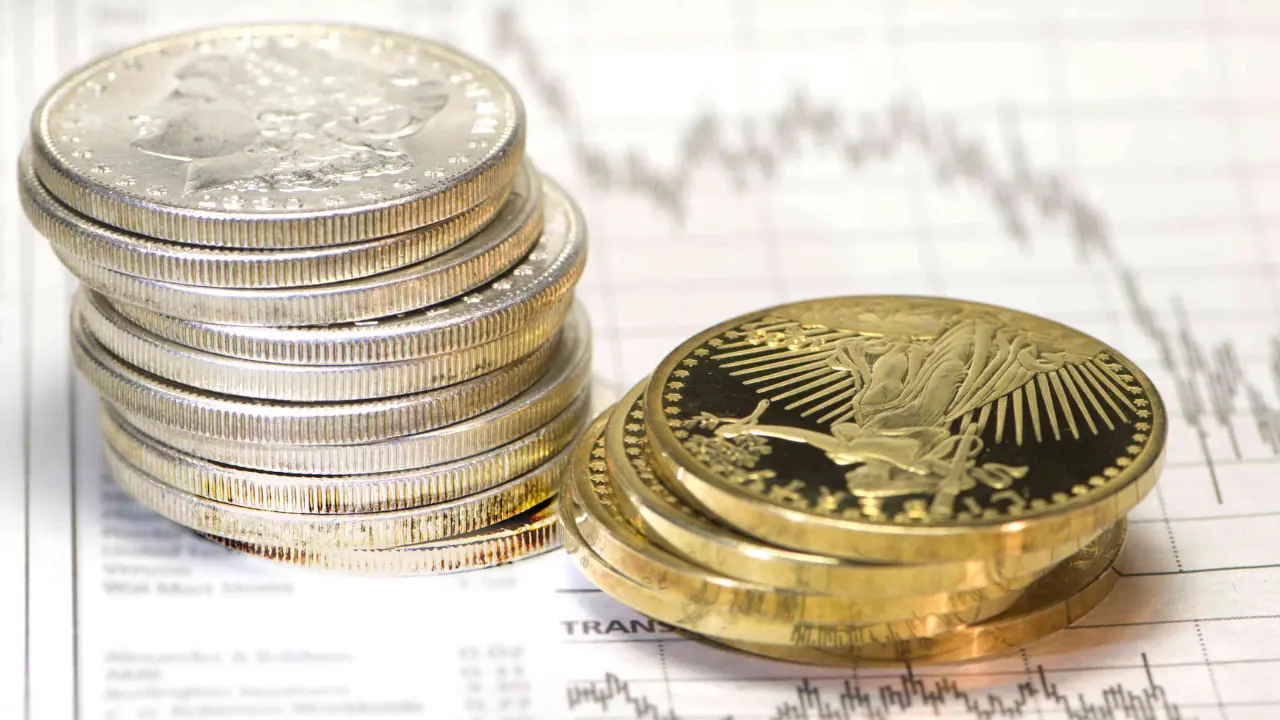In a world driven by worldly desires and financial success, the image of a stack of money carries profound implications. Beyond its monetary value, a pile of cash serves as a symbolic representation of wealth, power, and influence. Let’s delve into the various aspects of a stack of money and explore its historical significance, cultural references, psychological impact, and the changing dynamics of wealth.
The Symbolic Representation of Wealth
A stack of money is often seen as the embodiment of affluence and success. It represents financial abundance, prosperity, and the ability to fulfill desires. People aspire to accumulate wealth and create their it as a testament to their accomplishments.
The Physical Aspect of a Stack of Money
Physically, a stack of money is a collection of currency notes or bills neatly arranged on top of one another stack’s height and volume indicate the amount of money it represents. The crispness of the letters, the distinct new fresh currency, and the tactile sensation of holding a stash of money can evoke a sense of empowerment and satisfaction.
Historical Significance of Stacked Money
Throughout history, the concept of wealth and displaying a stack of money have been intertwined. In ancient civilizations, hoarding precious metals or valuable commodities was a sign of prosperity and dominance. With the emergence of modern currency systems, the physical representation of wealth shifted to stacks of paper money. It became a tangible symbol of economic power and financial stability.
Cultural References and Popularity
Stacks of money have permeated popular culture, appearing in movies, music videos, and artwork. The image of someone throwing heaps of money in the air has become synonymous with opulence and extravagance. This cultural reference reinforces the idea that a stack of cash represents a life of luxury and indulgence in the distribution of resources. The prominence of a pile of money can influence social hierarchies and power dynamics.
The Power and Influence of Wealth
It symbolizes more than financial stability; it embodies power and influence—those with substantial wealth often sway political landscapes and cultural narratives. The allure of a stack of money lies not only in its purchasing power but also in the doors it can open and the opportunities it can create.
Psychological Perception of a Stack of Money
The sight of it can evoke various psychological responses. For some, it may trigger desire, motivation, and a drive for success. Others may experience envy, frustration, or a sense of inadequacy when confronted with the abundance represented by a stack of money. The psychological impact of money and its associated symbols is complex and deeply rooted in societal values.
Aspirations and Motivation
The image of it can be a source of inspiration and motivation. It represents the potential for financial freedom, the ability to provide for oneself and loved ones, and the opportunity to pursue dreams and passions. Many individuals strive to build their stack of money, driven by the desire for a better life and the security it can bring.
The Dark Side of a Stack of Money
While a stack of money can symbolize success and prosperity, it has a darker side. Excessive focus on accumulating wealth can lead to greed, materialism, and a disregard for ethical considerations. Pursuing a stack of money at any cost can harm relationships, erode personal values, and contribute to a culture of inequality.
Misconceptions Surrounding Stacked Money
Stacks of money can be subject to misconceptions and myths. The presence of a pile of money does not guarantee happiness or fulfillment. True wealth encompasses more than material possessions and financial status. Health, relationships, personal growth, and a sense of purpose are vital.
Ethical Considerations
The accumulation and display of a stack of money raise ethical questions. It is crucial to examine how wealth is acquired, distributed, and used for the betterment of society. Responsible stewardship of wealth involves considering the impact on others, supporting philanthropic endeavors, and promoting social and environmental sustainability.
Changing Dynamics of Wealth
In an evolving world, the dynamics of wealth and its representation are transforming. Digital currencies, decentralized finance, and alternative economic models challenge traditional notions of a stack of money. The future may see a shift towards valuing experiences, social capital, and sustainable investments, redefining the meaning and significance of a stack of cash.
Conclusion
A stack of money holds a complex array of meanings and implications. It represents wealth, power, and influence while influencing aspirations, perceptions, and societal structures. However, crucialortant to recognize that pursuing it should not overshadow holistic well-being, ethical considerations, and the goal of a meaningful life.




